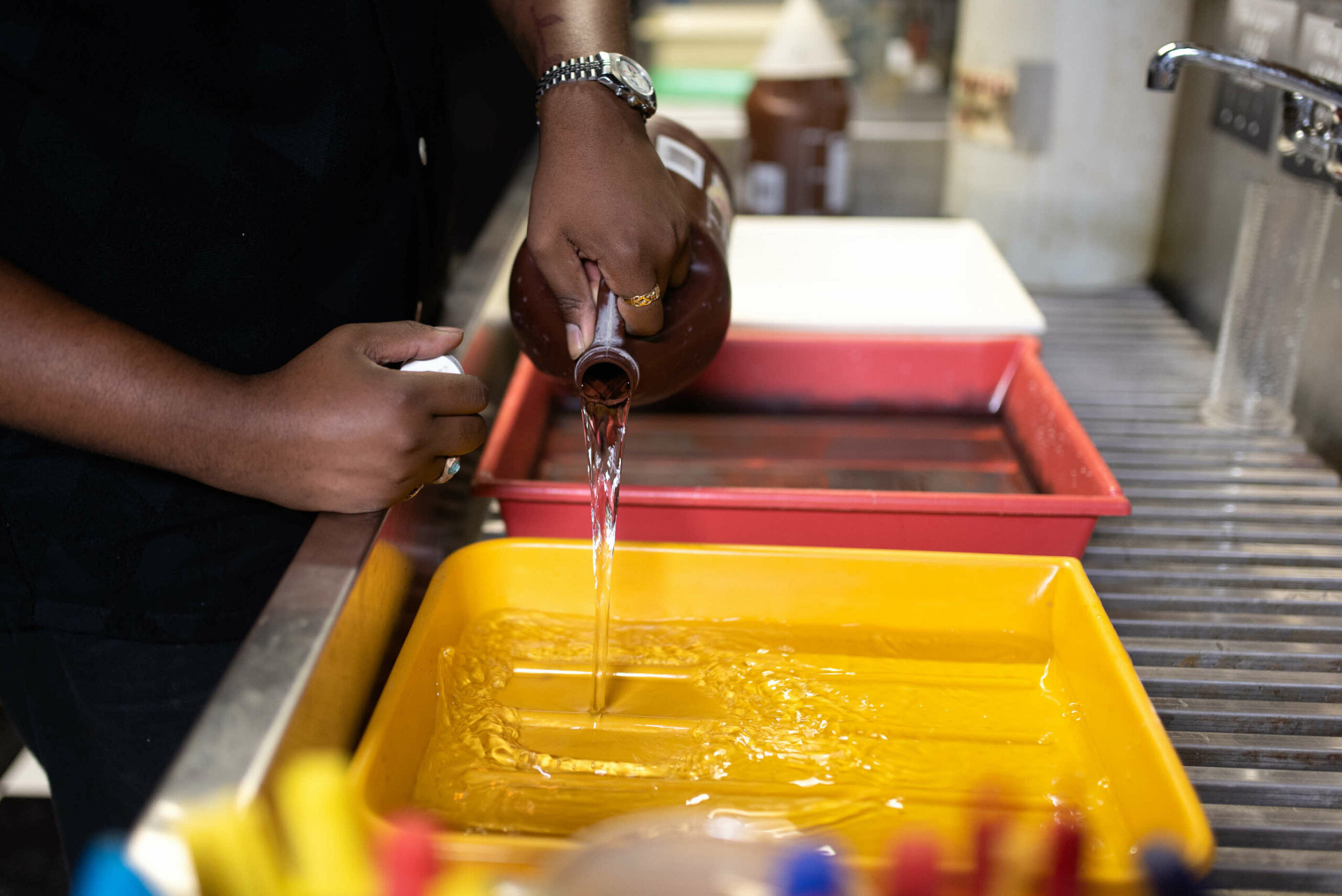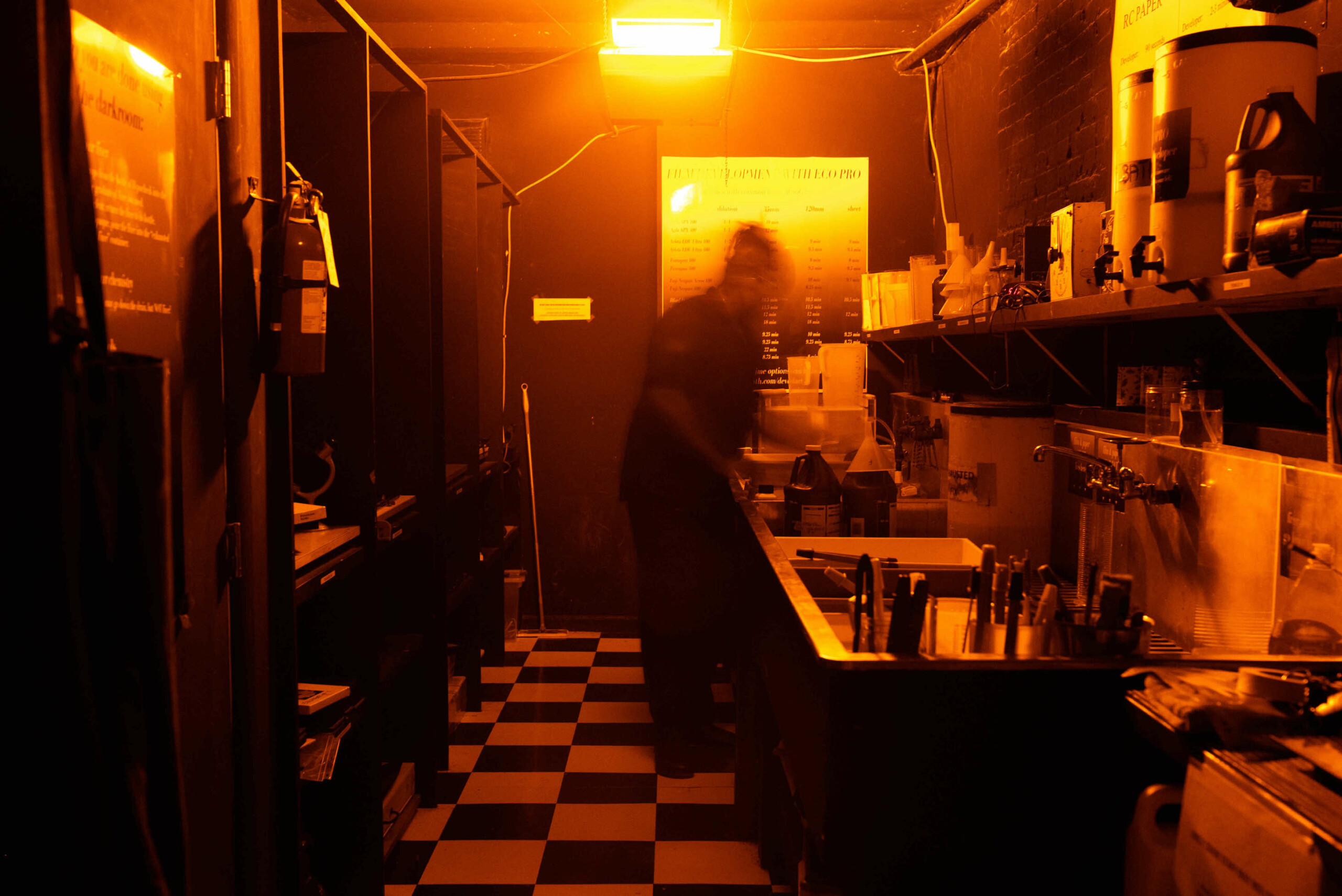Film photography offers a unique look and feel that cannot be replicated with digital photography. But in order to achieve the desired look, it is important to choose the right film for your needs. With a variety of film stocks available, selecting the right one can be overwhelming. In this article, we will discuss some factors to consider when choosing the right film and film processing labs for your needs.
Film Formats
Film photography comes in various formats such as 35mm, medium format, and large format. 35mm film is the most common format and can be easily found in stores. Medium format and large format films produce higher quality images but are more expensive and require specialized equipment.
Film Speed
Film speed, also known as ISO or ASA, refers to the sensitivity of the film to light. The higher the ISO, the more sensitive the film is to light, making it easier to shoot in low light conditions. However, high ISO films also produce more grain, which may not be desirable for certain types of photography such as portraits. A lower ISO film will produce a smoother, less grainy image but requires more light to capture an image.
Film Type
There are several types of films available including black and white, color negative, and color positive (also known as slide film). Each type of film produces a different look and requires different processing techniques.
Black and White Film
Black and white film produces a classic, timeless look. It is often preferred for portraits, street photography, and landscapes. Black and white film can be processed in a darkroom or lab, allowing for a high degree of creative control.
Color Negative Film
Color negative film, also known as C-41, produces a color image with a wide range of tones. It is often used for everyday photography, such as family events and travel. Color negative film can be processed at any lab that offers color film processing.
Color Positive Film
Color positive film, also known as slide film, produces vibrant, saturated colors. It is often used for landscapes and travel photography. Slide film requires specialized processing and is often more expensive than color negative film.
Specialty Films
There are also specialty films available such as infrared, high contrast, and cross-processing films. These films produce unique and creative looks but require specialized knowledge and processing techniques.
Budget
Another factor to consider when choosing the right film is your budget. Some films are more expensive than others, and the cost of processing can also vary. It is important to consider the cost of film and processing when selecting the right film for your needs.
Conclusion
Choosing the right film or film processing labs for your needs is an important part of the film photography process. Factors such as film format, speed, type, and budget should all be considered when selecting the right film for your needs. By carefully selecting the right film, you can achieve the desired look and feel for your images and create lasting memories. The tactile experience of handling film and working with chemicals to produce an image can be therapeutic and calming for many photographers.











